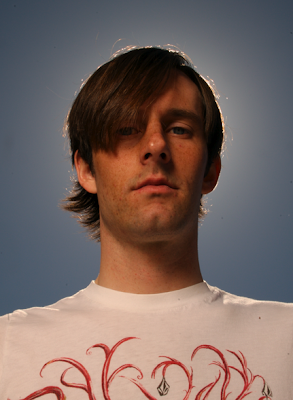Nassau Community College
Art Department
Student Art Competition
April 30 – August 5, 2008
Artist’s Reception: Thursday, May 8th, 5 – 7 pm
Awards ceremony @ 6 pm
Official Rules
ELIGIBILITY: Any student who attended Nassau Community College between Spring 2007 semester and Spring 2008 semester is eligible to submit work. All work must have been done while attending art classes at NCC.
JURY: The show will be juried by The NCC Firehouse Plaza Art Gallery Committee. The jury will select the works that are to be shown and will decide on the awards and prizes. The decision of the jury will be final.
CATEGORIES: ALL MEDIA IS ELIGIBLE. Any questions concerning media, please contact the Firehouse Gallery directly (516) 572-0619.
NOTE: ALL TWO-DIMENSIONAL WORK MUST BE WIRED AND READY FOR HANGING. POORLY PRESENTED WORK WILL NOT BE ACCEPTED. ALL ACCEPTED WORK MUST REMAIN ON EXHIBIT FOR THE FULL DURATION OF THE SHOW. NO EXCEPTIONS.
LIMIT: 3 (three) works maximum (NO ENTRY FEE)
PLACE: THE FIREHOUSE PLAZA ART GALLERY, College Center Building (CCB), plaza level, room 140
RECEIVING: THURSDAY, APRIL 17th, 9:00 am to 4:00 pm
TUESDAY, APRIL 22nd, 10:00 am to 6:30 pm
PICK-UP OF
REJECTED WORK: THURSDAY, APRIL 24th, 1:00 pm to 4:00 pm
MONDAY, APRIL 28th, 10:00 am to 6:30 pm
TUESDAY, APRIL 29th, 10:00 am to 4:00 pm
All REJECTED WORK MUST BE PICKED UP ON THESE DATES. THE FIREHOUSE PLAZA ART GALLERY ASSUMES NO RESPONSIBILITY FOR REJECTED WORK THAT IS NOT REMOVED ON THESE DATES BETWEEN THESE HOURS.
PICK-UP OF
ACCEPTED WORK: WEDNESDAY, August 6th, 11:00 am to 4:00 pm
THURSDAY, August 7th, 11:00 am to 7:00 pm
ALL WORK MUST BE PICKED UP ON THESE DATES!! THE GALLERY WILL NOT BE ACCOUNTABLE FOR ANY WORK LEFT UNCLAIMED AFTER THESE DATES.
ENTRY FORMS: PLEASE FILL OUT TWO (2) of the ENTRY FORMS FOR EACH WORK.
PLEASE PRINT NEATLY
GOOD LUCK !!!

































